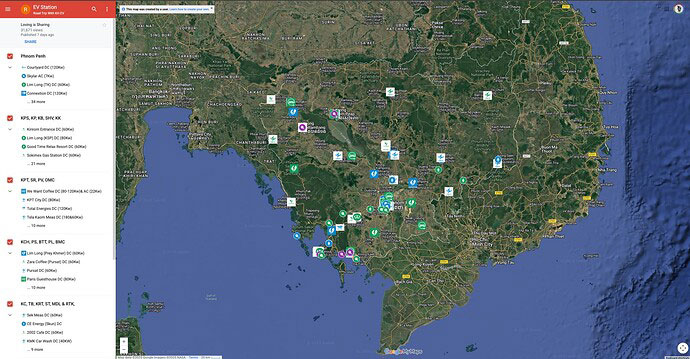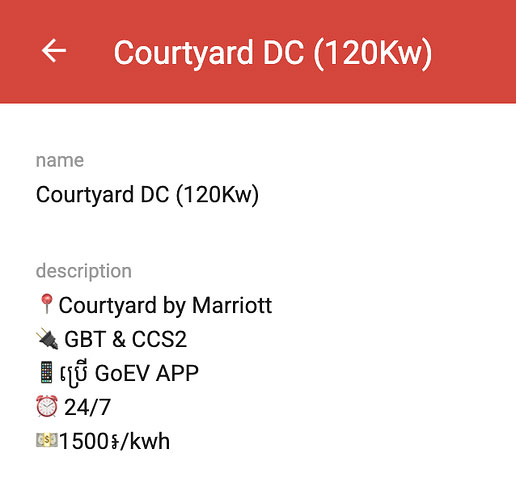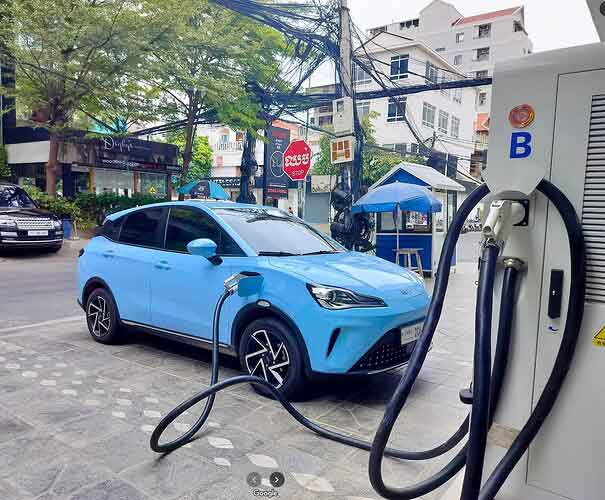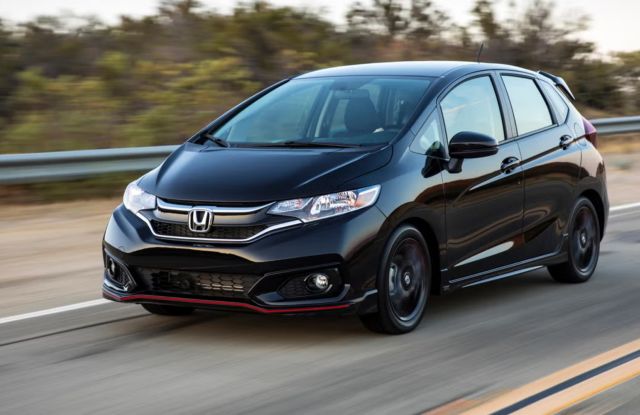Recently, Cambodia’s electric vehicle charging network construction has experienced explosive growth—three new charging stations on the Phnom Penh-Sihanoukville Expressway connecting the capital Phnom Penh to Sihanoukville have officially opened, marking Cambodia’s green transportation entry into the “main artery era”! These stations are located in Kampong Speu Province (63km mark, both directions), Veal Renh (109km mark, Sihanoukville→Phnom Penh direction), and Prey Nob District (156km mark, both directions), compressing travel time between the two cities to 2 hours while completely eliminating EV owners’ “range anxiety”.
I. Cambodia Electric Vehicle Charging Station Distribution Map

- Includes distribution locations of EV charging stations nationwide;
- Indicates charging types (AC/DC) for each station;
- Categorized by province: Phnom Penh, Siem Reap, Sihanoukville, Kampot, etc.;
- Provides operating hours and electricity prices for each station.
- Users can select a station via the Cambodia EV Charging Map and navigate directly through Google Maps.

II. Current Status of Cambodia’s EV Charging Network

Core Artery Coverage:
- Phnom Penh-Sihanoukville Expressway: As Cambodia’s first expressway (opened 2022), its charging stations hold strategic significance. The 3 new stations cover key bidirectional nodes, with Prey Nob Service Area (156km mark) becoming an “electric hub” linking east and west.
- Urban Hubs: Phnom Penh has built charging points including the Ministry of Public Works and Transport headquarters (4 stations) and Aeon Mall Sen Sok branch; tourist hubs like Sihanoukville, Siem Reap, and Battambang also deploy public chargers.
Emerging Interprovincial Network:
- Expanding to 10 provinces via gas station partnerships (e.g., PTT stations). UNDP-funded stations in Battambang, Siem Reap, and Sihanoukville fill gaps in remote areas.
III. Policy Drivers for Cambodia’s EV Transition
The government accelerates e-mobility through a “combination of measures”:
- Tariff Cuts: EV import tax dropped from 122% (conventional cars) to 63%, spurring registrations—66 vehicles (2021) → 794 (early 2023) → projected 1,000+ (2025).
- Standardization:
- Safety First: PM Hun Manet mandates the Ministry of Mines and Energy to “prioritize safety over speed,” strictly controlling technical risks.
- Transparent Pricing: In July 2025, EDC announced uniform tariffs:
- AC: 1,050 Riel/kWh (~$0.26)
- DC Fast Charging: 1,350 Riel/kWh (~$0.34).
- Regulatory Framework: The first national EV charging regulatory framework (May 2025) removed barriers for private investment, with EU Chamber, GGGI, etc., participating.
IV. Future Plans for Cambodia’s EV Charging Stations
- 2025 Target: Expand stations from 13 (2023) to 200 nationwide, focusing on highways, economic zones, and tourist cities.
- Tech Upgrades: Ministry of Mines and Energy’s MoU with Huawei introduces:
- Solar + Storage: Renewable-powered stations;
- V2G (Vehicle-to-Grid): EVs as “mobile power sources” to balance grid load;
- Smart Microgrids: Solve off-grid charging in remote areas.
Cambodia’s Green Transportation Speed: From tariff cuts → expressway charging stations → Huawei smart grid collaboration—this Southeast Asian nation is weaving its “zero-emission network” with staggering efficiency. As the 200-station blueprint unfolds, “crossing rainforests and coasts in an EV” will become Cambodia’s new travel signature.
-
2025 Audi A5 Sportback – Price, Specs & Full Review
-
Buy Toyota Yaris for Sale | Compare Prices & Features Online
-
Ford Tourneo PHEV: Price, Electric Range, and Review of the Plug-in People Mover
-
Honda Fit Specs, Price, and Fuel Economy: Everything You Need to Know
-
BYD U8 Full Review: The Most High-Tech and Capable Luxury SUV Ever?
-
2025 Audi A5 Sportback – Price, Specs & Full Review
-
Buy Toyota Yaris for Sale | Compare Prices & Features Online
-
Ford Tourneo PHEV: Price, Electric Range, and Review of the Plug-in People Mover
-
Honda Fit Specs, Price, and Fuel Economy: Everything You Need to Know
-
BYD U8 Full Review: The Most High-Tech and Capable Luxury SUV Ever?



